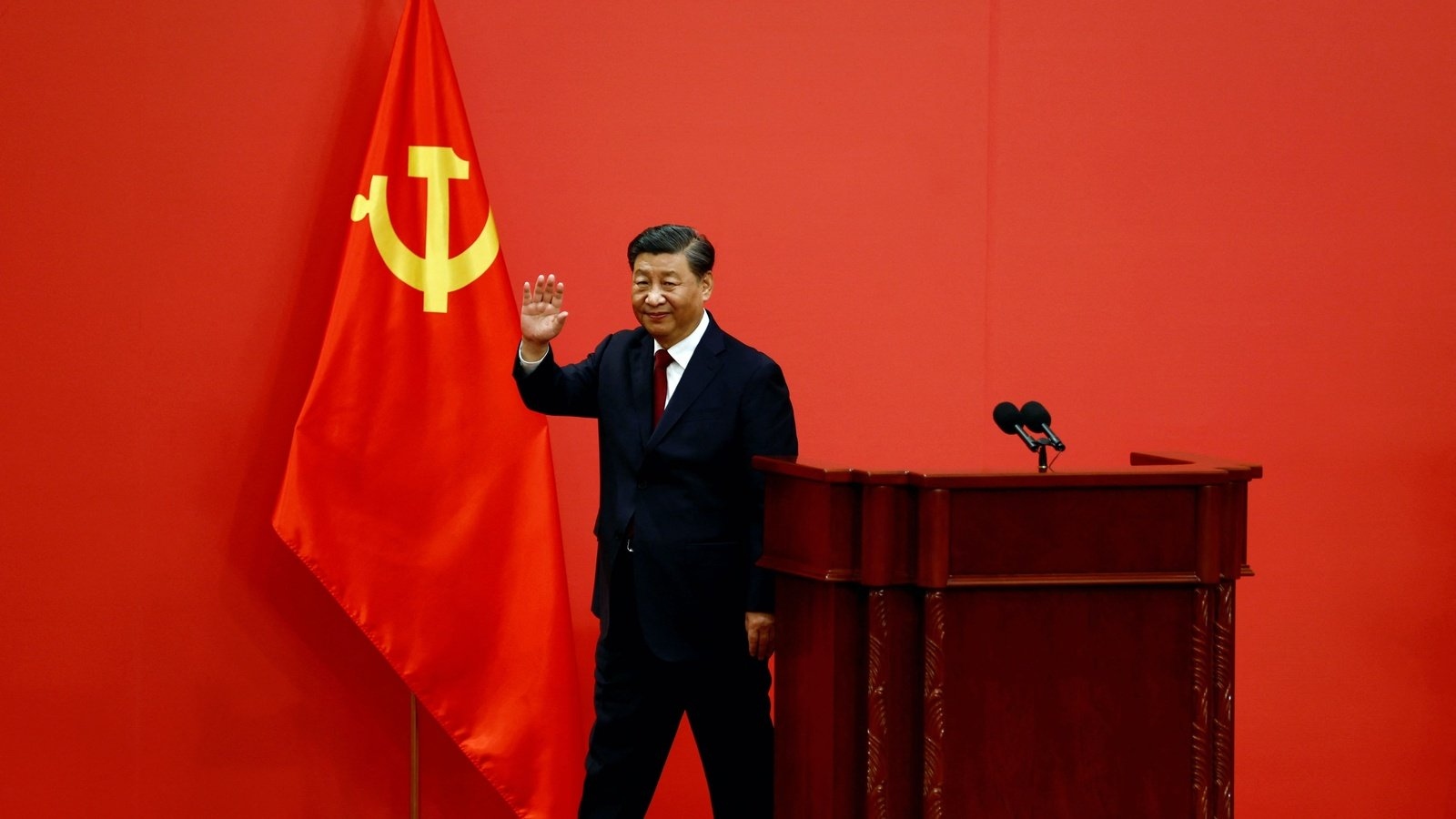The Chinese submarine that reportedly sank earlier this year in a shipyard near Wuhan is believed to be the first of a new class of submarines featuring a hybrid nuclear and conventional propulsion system, according to the Washington Times, citing US officials.
US officials recently confirmed that the sunken submarine was part of a new class of ships, previously unknown to be under construction at the Wuchang Shipyard. This facility, located in the shallow waters of the Yangtze River, is part of the state-owned China State Shipbuilding Corporation (CSSC).
The submarine in question was first spotted by Tom Shugart, a former Navy submariner and current defense analyst at the Center for a New American Security.
Shugart discovered the submarine while analyzing satellite images of the Wuchang shipyard near Wuhan. The imagery revealed crane barges surrounding the pier, where the vessel appeared partially submerged. Taken between May and June, the images suggested efforts to recover the damaged submarine using the cranes.
US Media Acknowledges S-400’s Might! Says Russian AD System Can Track Stealth Fighters Like F-35
Early reports described the vessel as a nuclear-powered attack submarine (SSN), representing an unprecedented development at this shipyard, which typically specializes in conventional submarines.
Sunken Chinese submarine was a new hybrid nuclear-conventional attack boat, U.S. sayshttps://t.co/04drZhODvO pic.twitter.com/TnKgDp9k1p
— The Washington Times (@WashTimes) October 2, 2024
However, new intelligence suggests that the submarine, identified as the Type 041 Zhou class, has a unique propulsion system. According to the latest information from US officials, the Type 041 Zhou class submarine is equipped with nuclear and conventional propulsion systems.
A senior US defense official revealed that the submarine “employs both conventional and nuclear propulsion” and features “a small nuclear reactor” along with a conventional powerplant.
This dual-propulsion system is a novel approach for China’s rapidly expanding underwater fleet, signaling their pursuit of advanced technology for naval dominance.
The Pentagon’s defense analysts described the Zhou-class submarine as being similar in size to other conventionally powered submarines in the People’s Liberation Army Navy (PLAN) but with the added capability of a small nuclear reactor.
However, the report said it was unclear whether the Wuchang Shipyard was certified to handle nuclear materials, adding to the mystery.
One official was quoted as saying, “As such, we do not know if the submarine reactor was fueled at the time of the incident, or if it is going to be relocated to a known nuclear-certified facility for its initial fueling, such as Huludao shipyard, which has built all previous PLA] navy nuclear submarine classes.”
According to a senior defense official, the incident raises concerns about China’s training standards, the quality of its equipment, and the overall accountability within its defense industry, which has a history of corruption.

Hybrid Nuclear Powerplant
In a 2017 announcement, retired Rear Admiral Zhao Dengping of the People’s Liberation Army Navy (PLAN) revealed plans to develop a small, low-power nuclear reactor designed to serve as an auxiliary engine for conventional submarines.
China military affairs expert Rick Fisher, referencing this disclosure in a recent report to the Washington Times, highlighted that the development mirrored a Soviet concept from the late 1980s. The Soviets tested a similar reactor on a Project 651 Juliett-class conventional cruise missile submarine.
According to Fisher, Admiral Zhao’s new reactor would be part of a 7,000-ton attack submarine featuring advanced weaponry and electronics.

The submarine represents a significant shift in China’s naval strategy. It replaces the air-independent propulsion (AIP) systems on the Type 039A submarines with the new low-power, low-pressure nuclear powerplant.
Zhao described this reactor as a novel auxiliary system intended for electricity generation, which could be incorporated into conventional submarine designs. By replacing the Stirling engine-based AIP system, this reactor would enhance the submarine’s capabilities without entirely transitioning to nuclear power.
Fisher emphasized the importance of this revelation, calling Zhao’s disclosures “a very rare revelation, in perhaps unprecedented detail, of a portion of the PLA’s future modernization ambitions.”
The concept of hybrid propulsion, in which a nuclear reactor is used intermittently to charge batteries or increase performance and range, represents a compelling innovation. This system would offer the efficiency and extended range of nuclear power while maintaining the flexibility of conventional propulsion.
Before this hybrid approach, it was clear that Chinese submarine development was pursuing two separate trajectories: nuclear-powered and conventionally-powered designs.
This contrasts sharply with the US Navy’s all-nuclear approach. Nuclear-powered submarines offer virtually unlimited range, faster speeds, and the ability to remain submerged for long periods, only limited by onboard provisions and maintenance needs.
On the other hand, even advanced AIP systems, such as those using fuel cells, still require surfacing periodically for refueling, often within weeks.
Although the Type 041 submarine boasts a promising design, its future is uncertain following the sinking of the first vessel in this class. The submarine, reportedly undergoing its final fitting before sea trials, was allegedly carrying nuclear fuel at the time of the accident.
US officials claimed that Chinese authorities have attempted to conceal the incident, raising concerns about the program. The incident also casts a shadow over China’s ambitious plans for a hybrid propulsion submarine and the potential setbacks this might cause in the PLAN’s naval modernization.
- Contact the author at ashishmichel(at)gmail.com
- Follow EurAsian Times on Google News




